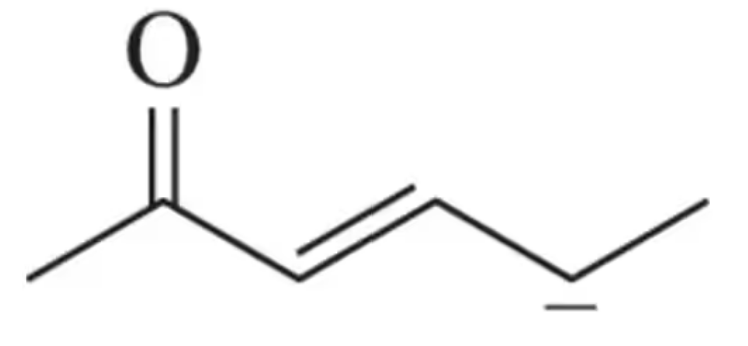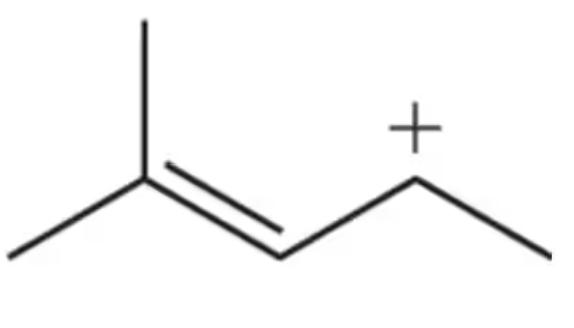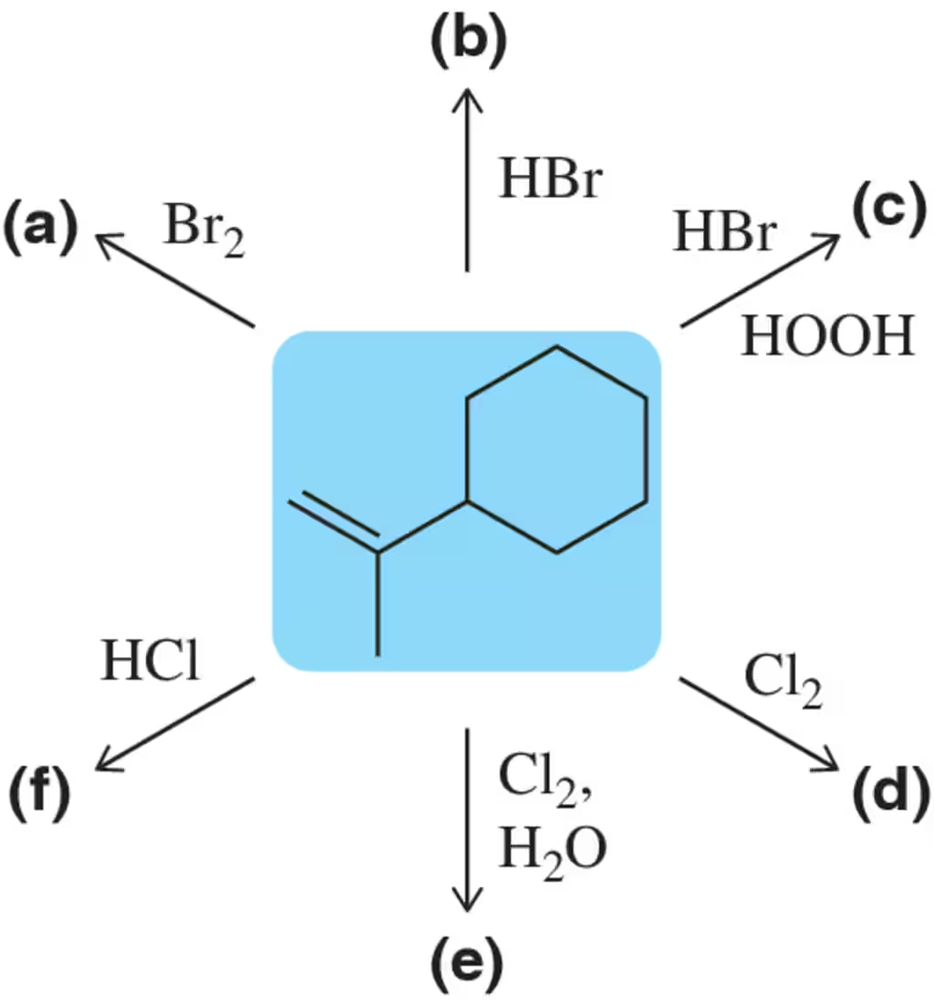 Back
Back Mullins 1st Edition
Mullins 1st Edition Ch. 11 - Properties and Synthesis of Alkyl Halides: Radical Reactions
Ch. 11 - Properties and Synthesis of Alkyl Halides: Radical ReactionsProblem 2
Show the transition state of each step of the following alkene addition reaction. Be sure to indicate whether the transition state in each is reactant-like or product-like.
Problem 3
Using the bond-dissociation energies in Table 5.6 (see Section 5.3.1), estimate the equilibrium constant of the following reaction at 298 K.
Problem 5
Draw all resonance structures of the following carbanion and carbocation.
(a)
(b)
Problem 6b
Identify the following halogen-containing compounds as a haloalkane, haloalkene, or haloarene.
(b)
Problem 6c
Identify the following halogen-containing compounds as a haloalkane, haloalkene, or haloarene.
(c)
Problem 6d
Identify the following halogen-containing compounds as a haloalkane, haloalkene, or haloarene.
(d)
Problem 6e
Identify the following halogen-containing compounds as a haloalkane, haloalkene, or haloarene.
(e)
Problem 6f
Identify the following halogen-containing compounds as a haloalkane, haloalkene, or haloarene.
(f)
Problem 7.20a,c
Suppose you intend to synthesize the secondary alkyl halide from each reaction shown.
(a) What is the atom economy of each reaction?
(c) Which reaction would you consider greener? Why?
Problem 8a
From the IUPAC name, draw the corresponding structure.
(a) (R)-6-iodo-3-isopropylnon-1-ene
Problem 8b
From the IUPAC name, draw the corresponding structure.
(b) (1R,2S)-1-chloro-2-methylcyclobutane
Problem 9a
Classify the following molecules as hydrophilic, hydrophobic, lipophilic, or lipophobic. Each molecule should have two classifications.
(a)
Problem 9b
Classify the following molecules as hydrophilic, hydrophobic, lipophilic, or lipophobic. Each molecule should have two classifications.
(b)
Problem 9d
Classify the following molecules as hydrophilic, hydrophobic, lipophilic, or lipophobic. Each molecule should have two classifications.
(d)
Problem 10a
Predict the product of the following haloalkane syntheses.
(a)
Problem 10c
Predict the product of the following haloalkane syntheses.
(c) HBr↗HOOH
Problem 10e
Predict the product of the following haloalkane syntheses.
(e)
Problem 11
Specify the conditions that would allow the synthesis of the 1° and 3° bromoalkanes from the same starting alkene.















